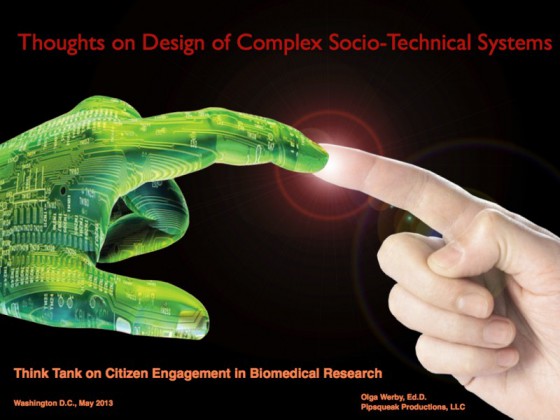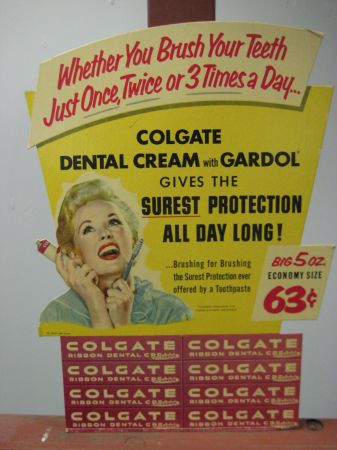
There’s a common misconception — a folksy wisdom, a p-prim, if you will — that in our many years of product design led many entrepreneurs astray: Build it and they will come! Oh, if only it was so… While this is a wonderfully optimistic world-view, it just doesn’t work out that way in real world. So rather than just say it isn’t so, I will give a few examples where I was personally involved either in the design of the product or the workings of the company. Please keep in mind that all of these examples were EXTREMELY well-funded, had a lot of design resources, and ALL believed that they were changing the world for the better. NEXT We all remember NEXT, right? If not, let me jug your memory… After leaving (or being forced out of Apple), Steve Jobs started NEXT — a computer hardware company to rival Apple. Even with Jobs’ charisma, talent, deep financial resources, access to the best minds in the business… he couldn’t make this work. Some say that NEXT is now part of Mac DNA, but it still stands that as a company is was a failure… Steve built it, and no one ever…






